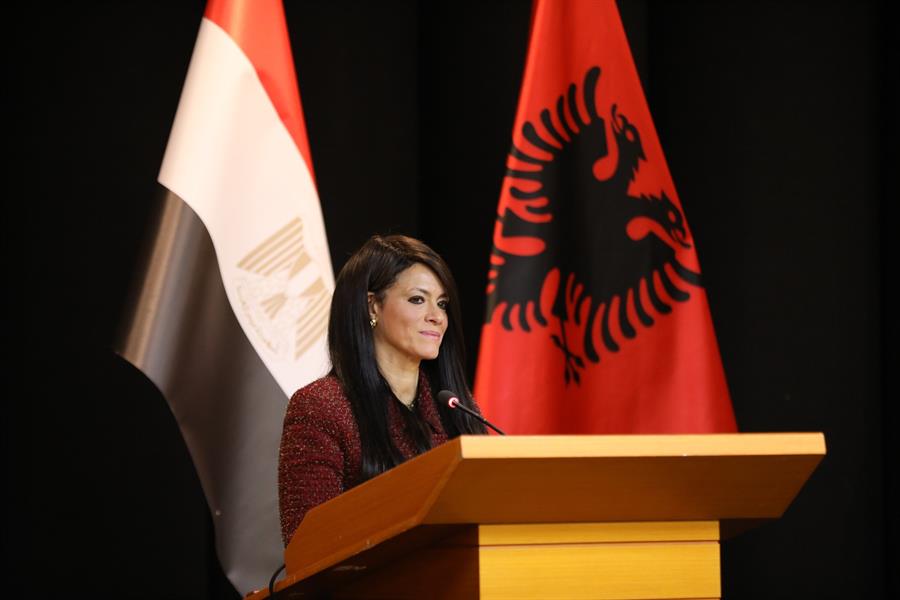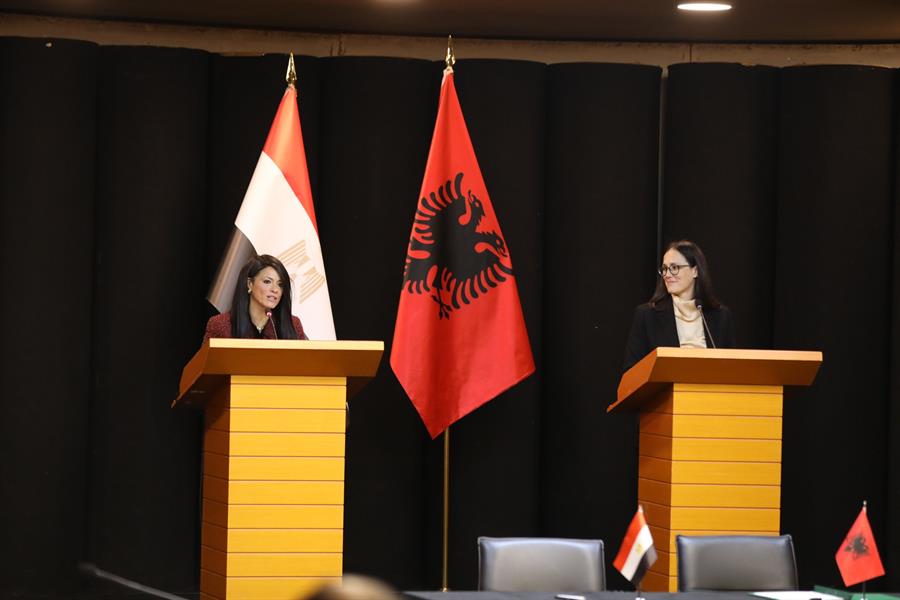Planning Minister, TSFE Executive Director meet to discuss updates on sub-fund projects

05 September 2023
H.E Dr. Hala El-Said, Minister of Planning and Economic Development, who is also the Chairperson of the Board of Trustees of the State Fund for Egypt (TSFE), recently met with TSFE's Executive Director, Ayman Soliman, to oversee several files.
At the beginning of the meeting, Ayman Soliman discussed the most important achievements of the IPO of companies transferred to TSFE and the stages of contracts related to Safi and Wataniya companies.
The executive director of TSFE referred to the projects realized in the Tahrir complex and the building of the Ministry of the Interior, as well as the projects for the utilization of the buildings of the government agencies that moved to The New Administrative Capital (NAC).
Soliman also reviewed the work of several sub-funds associated with TSFE, especially the Education Fund, which has been very successful in recent months.
At the beginning of the new school year, TSFE will open several new schools and a green infrastructure fund dealing with hydrogen projects among its supported companies. Dr. Hala El-Said, however, discussed the plans of TSFE and its sub-funds in preparation for their presentation to the board of the fund. El-Said also praised the achievements of the TSFE team last season.
Moreover, she confirmed that in the coming days, there will be a board meeting, where many members of the foundation's team will be thanked, who have worked hard during the last period. El-Said said that TSFE was able to make great progress in the last season, which was behind the improvement in the global rankings.
She also noted that the political leadership approved the fundraising of the fund and the establishment of partnerships with the Egyptian, Arab, and foreign private sectors.









